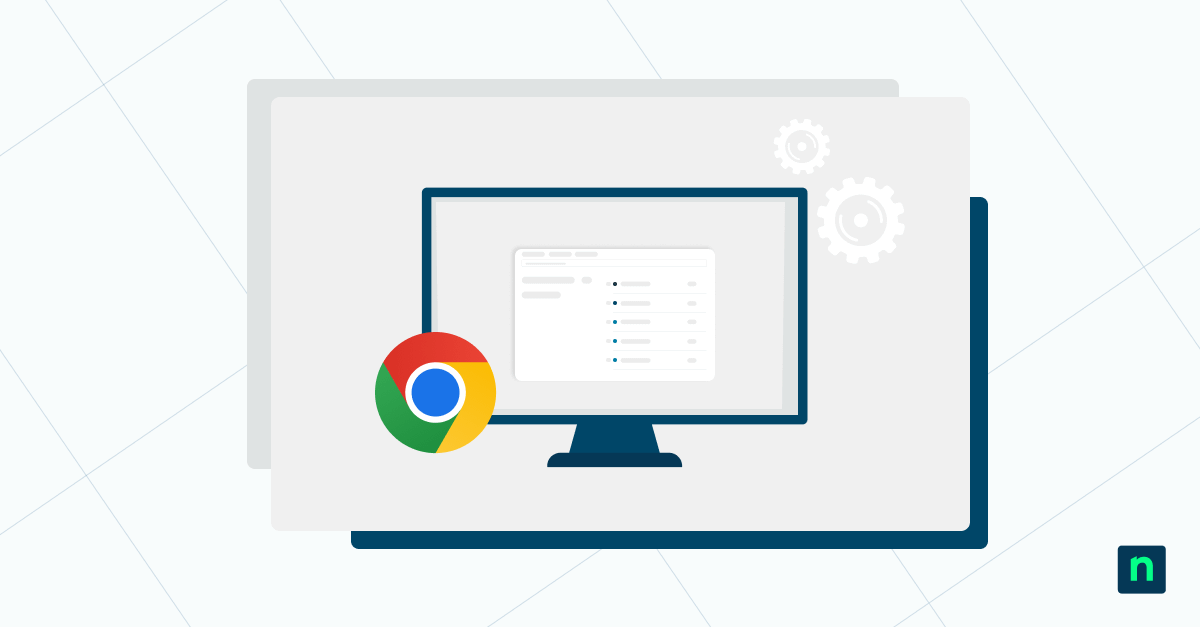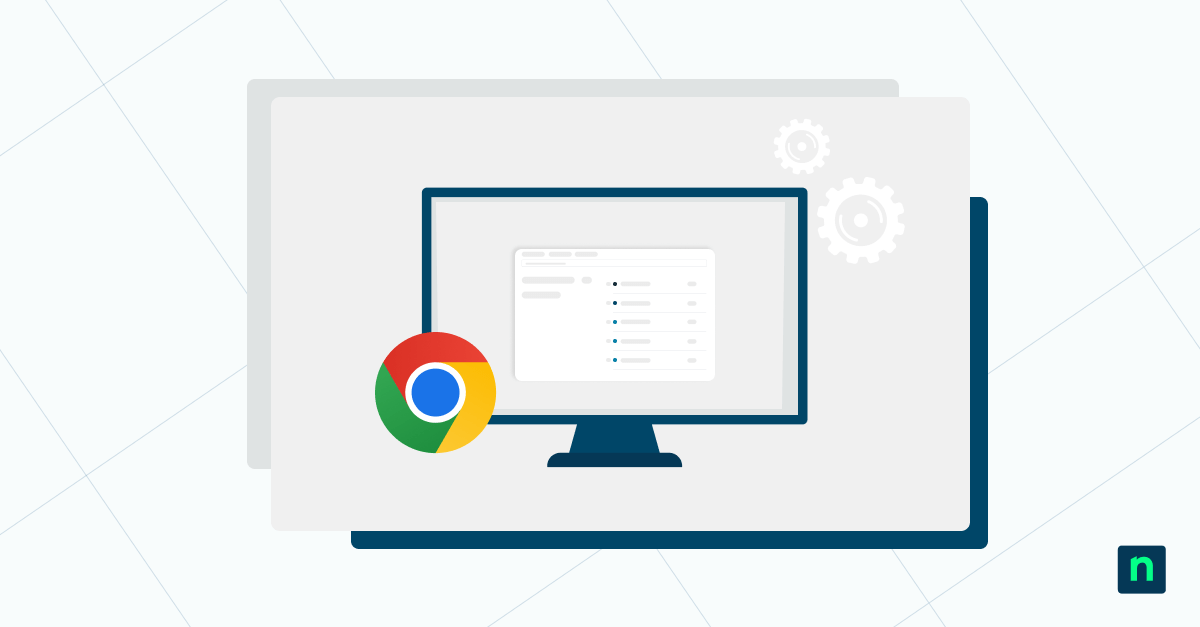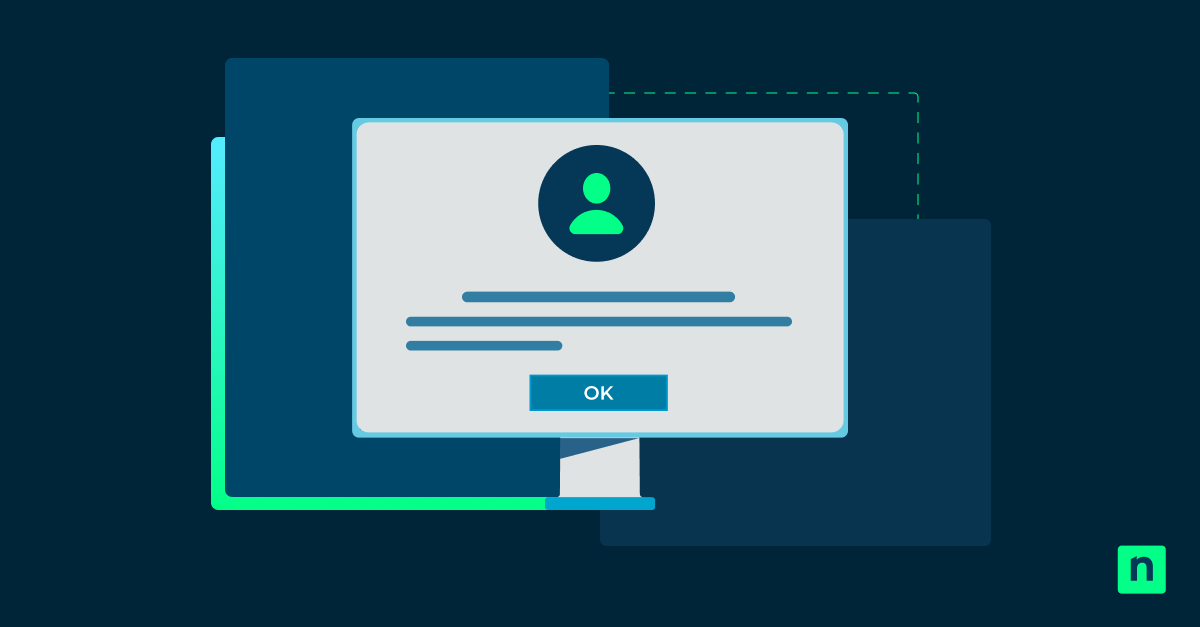“Remote access makes everyone’s jobs easier,” MSP360 states. Thanks to remote access, organizations and their departments are able to collaborate and perform even with fully remote or hybrid workforces. In order for remote access to work properly, organizations connect their remote servers to endpoints using remote access protocols. Let’s dive into remote access protocols and find out how they are used in today’s tech environments.
What are remote access protocols?
Remote access protocols control the connections between remote access servers and endpoints. These protocols allow technicians to safely access endpoints from a remote location. Although the main purpose of remote access is technical support and help-desk activities, it can also be used to share documents and files between various devices.
6 remote access protocols you should know
Understanding the various remote access protocols helps organizations choose the right remote access solutions for their teams. However, it isn’t necessary to know all the remote access protocols, just the most relevant ones. According to N-Able’s remote access protocol guide, the six remote access protocols that are used most often today are:
1) Serial line internet protocol (SLIP)
Serial line internet protocol (SLIP) was developed for UNIX back in the 1980s, and it’s still widely used today. The purpose of SLIP is to transmit TCP/IP only over serial connections. IBM’s SLIP guide provides excellent resources for configuring, activating, deactivating, and troubleshooting for SLIP.
2) Point-to-point protocol (PPP)
Point-to-point protocol (PPP) enables technicians to use TCP/IP. PPP can be used for both dial-in and dial-out servers. When choosing between PPP and SLIP protocols for your organization, keep in mind that PPP is often the better choice due to its support for multilink connections and better authentication abilities.
3) Point-to-point protocol over ethernet (PPPoE)
Point-to-point protocol over ethernet (PPPoE) offers the same benefits as PPP over ethernet networks. “With PPPoE, service providers can manage multiple client systems, authenticate their access to its services and track customer data usage. PPPoE also supports services such as data encryption and compression,” TechTarget clarifies.
4) Point-to-point tunneling protocol (PPTP)
Point-to-point tunneling protocol (PPTP) was developed by Microsoft and is based off of PPP. PPTP uses PPP and TCP/IP to create secure, virtual connections across networks. PPTP works by using connections, often referred to as “tunnels,” that are encrypted to send network data packets to servers. Once the servers receive the packets, they send the data packets to their destinations.
5) Windows remote access service (RAS)
Windows remote access service (RAS) is used for smaller networks that don’t require a dial-up router. It allows technicians to dial-up and connect to a server and the server’s network. Network Encyclopedia’s RAS review explains, “RAS allows remote clients to connect through a telephone line or other wide area network (WAN) link to the RAS server; from there RAS allows those clients to access resources on the network. Remote users can access network resources as though they were logged on to a machine directly connected to the network.”
6) Remote desktop protocol (RDP)
Remote desktop protocol (RDP) from Microsoft allows technicians to securely access and control other devices. Although RDP is mainly used for Windows OS, it can also be used for Mac OS. The way RDP works is by opening a network channel that sends data back and forth between the desktop and the other computer that is being used. All essential data (keystrokes, displays, mouse movements, et cetera) is transmitted via TCP/IP.
The importance of remote access protocols
With this info about remote access protocols, you’ll be well-prepared to choose a secure remote access solution for your organization. You can ensure that the remote access solution you choose uses secure protocols and keeps information safe. All of the protocols listed above support remote and hybrid workforces by allowing technicians to provide remote aid while keeping endpoints and data secure.
4 remote access solutions for your business
There is no shortage of secure remote access solutions that you have to choose from for your business. Here are some well-known solutions to consider:
1) NinjaOne
With NinjaOne’s remote access software, you can control Windows and Mac endpoints all with a single click. NinjaOne makes remote access a fast, secure, and easy process for any organization.
2) Teamviewer
Teamviewer allows users to connect to any server or PC within seconds. It’s available in over 30 languages, and it’s currently one of the most popular remote access and communications solutions.
3) Connectwise ScreenConnect
Connectwise ScreenConnect is a remote access and meeting solution that’s fast and secure. It allows technicians to update, manage, and repair endpoints virtually.
4) RemotePC
RemotePC is known as one of the best remote access solutions for small businesses due to its low cost and excellent features. In fact, RemotePC offers all the same features as Teamviewer, so it’s a great solution for small businesses with strict budgets.
Support your workforce with NinjaOne remote access
Provide top-of-the-line support for your hybrid and remote teams with NinjaOne. NinjaOne’s remote control solution allows you to access Windows and Mac endpoints from a single pane of glass. It offers a fast, secure, and reliable way to access endpoints at any time. Start your free trial of NinjaOne to learn more.






